When you’re recording vocals, clipping can be a major issue. If your levels are too high, you can easily clip your audio and create distorted, unusable sound.
In this quick guide, I’ll show you how to avoid clipping when recording vocals, so you can get great-sounding results every time.
Related,
Table of Contents
What is clipping and why should you avoid it when recording vocals
Clipping is a distortion that occurs when the sound wave reaches its maximum amplitude. This can cause noise, distortion, and other audio problems.
Clipping can be a major issue when recording vocals, as it can make the audio sound distorted and unusable.
Let me define what clipping is in more detail.
What is clipping?
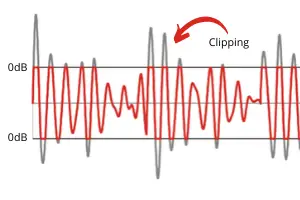
In general, clipping is a type of distortion that occurs when an audio signal is too strong for the system it’s being played through.
Think of it like this: if you were to take a picture with your phone’s camera, and the scene was too bright, the photo would be overexposed and the colors would be washed out.
Disclosure: This post may contain affiliate links, which means we may receive a commission if you click a link and purchase something that we recommended. Read more about Affiliate disclosure here.
The same thing can happen to an audio signal. If it’s too strong, it can “clip” the tops and bottoms of the waves, causing distortion.
Why should you avoid clipping when recording vocals?
Clipping can cause all sorts of problems, including:
- Noise
- Distortion
- Audio artifacts
These problems can make your audio sound bad, and can even make it unusable.
What are the disadvantages of vocals clipping in your mix?
The main disadvantage of clipping is that it can make your audio sound bad.
Clipping can cause distortion, noise, and audio artifacts. These problems can make your audio sound tinny, harsh, and just plain bad.
In some cases, clipping can even make your audio unusable.
So, how do you avoid clipping when recording vocals?
Here are a few tips:
The basics of microphone placement
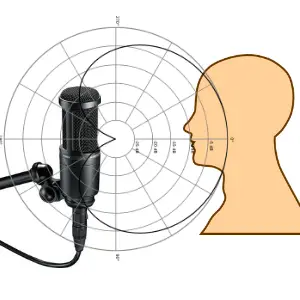
One of the most important things you can do to avoid clipping is to place your microphone correctly.
If you’re too close to the microphone, your levels will be too high and you’ll risk clipping.
How to find the right placement for your microphone
The best way to find the right placement for your microphone is to experiment.
Start by placing the microphone about 6 inches (15 cm) from your mouth. If your levels are too high, move the microphone away from your mouth.
The importance of distance from the microphone
The distance from the microphone is very important.
If you’re too close to the microphone, your levels will be too high and you’ll risk clipping.
On the other hand, if you’re too far away from the microphone, your levels will be too low and you won’t be able to hear yourself properly.
It’s important to find a happy medium, so you can avoid clipping and get great-sounding vocals.
How to adjust your recording levels
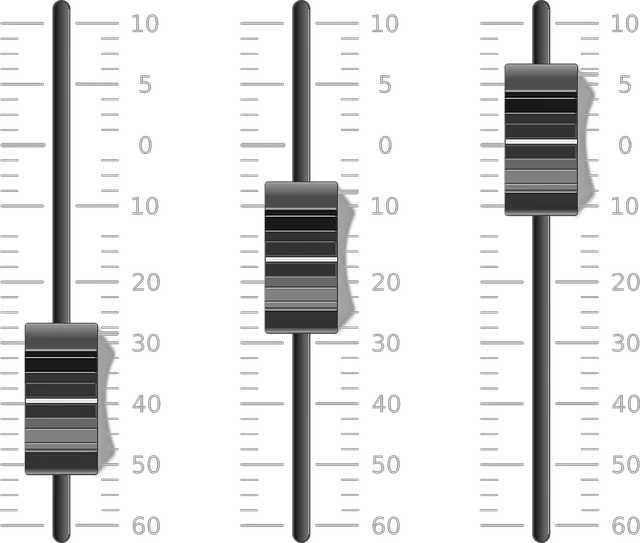
Another important thing you can do to avoid clipping is to adjust your recording levels.
If your levels are too high, you’ll risk clipping.
To avoid clipping, you’ll need to find the right balance between your levels and the recording level of your microphone.
You should read my article on gain staging which will clear your doubts about leveling in the right way.
The basics of recording levels
The recording level is the amount of signal that your microphone is sending to your recorder.
If the recording level is too high, you’ll hear distortion.
If the recording level is too low, your vocals will sound quiet and you won’t be able to hear yourself properly.
It’s important to find the right balance between your levels and the recording level of your microphone.
Finding the right recording levels
The best way to find the right recording levels is to experiment.
Start by setting your levels so that the peaks (loudest parts) of your vocals are around -12 dB.
If your levels are too high, you’ll hear distortion. If your levels are too low, your vocals will sound quiet and you won’t be able to hear yourself properly.
Once you’ve found the right recording level for your vocals, you can avoid clipping and get great-sounding results.
Using a pop filter
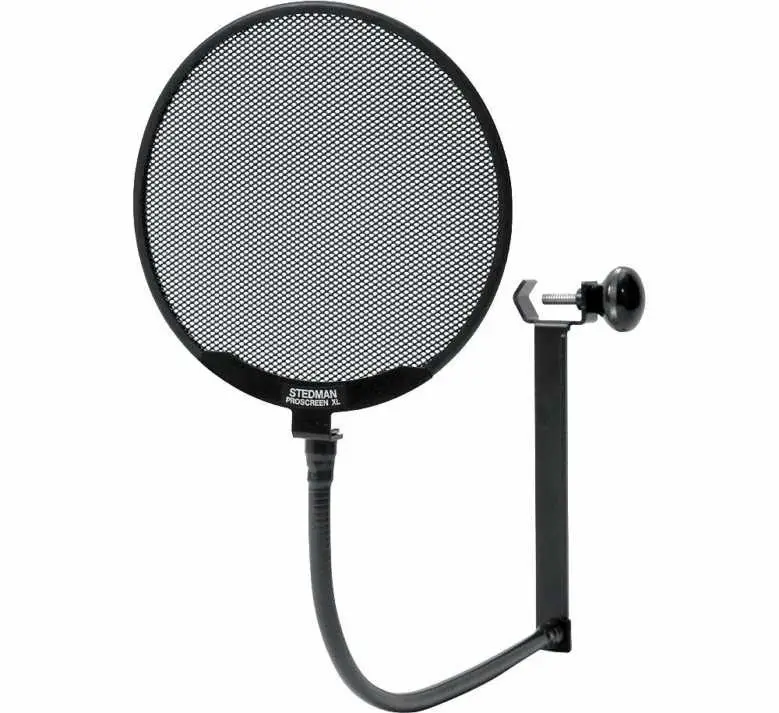
A pop filter is a simple device that can help you avoid clipping when recording vocals.
A pop filter is a piece of cloth or mesh that you put in front of your microphone.
A pop filter is one of the important equipment on my list of home studio essentials.
When you speak, the pop filter will catch any pops or clicks that might otherwise be picked up by the microphone.
This can help you avoid clipping, and it can also help you get better-sounding vocals.
How to use a pop filter
To use a pop filter, simply put it in front of your microphone.
When you speak, the pop filter will catch any pops or clicks that might otherwise be picked up by the microphone.
This can help you avoid clipping, and it can also help you get better-sounding vocals.
Tips for using a pop filter
There are a few things you should keep in mind when using a pop filter:
- Make sure the pop filter is close to the microphone. If it’s too far away, it won’t be effective.
- Experiment with different distances from the microphone. The closer the pop filter is to the microphone, the more effective it will be.
- Be careful not to touch the pop filter with your mouth. If you do, you might create a popping sound.
- Try different types of pop filters. Some pop filters are made of cloth, while others are made of mesh.
- Experiment with different types of pop filters to see which one works best for you.
Conclusion: How to Avoid Clipping When Recording Vocals
Clipping is a common problem when recording vocals.
To avoid clipping, you’ll need to use a pop filter, adjust your recording levels, and find the right distance from the microphone.
You can also experiment with different types of microphones.
If you follow these tips, you can avoid clipping and get great-sounding vocals.
FAQ
How do I avoid clipping when recording vocals?
To avoid clipping, use a pop filter, adjust your recording levels, and find the right distance from the microphone. You can also experiment with different types of microphones.
What is the best way to avoid clipping when recording vocals?
The best way to avoid clipping is to use a pop filter, adjust your recording levels, and find the right distance from the microphone. You can also experiment with different types of microphones.
Why do I need to avoid clipping when recording vocals?
Clipping can cause distortion in your recordings. To avoid this, use a pop filter, adjust your recording levels, and find the right distance from the microphone. You can also experiment with different types of microphones.
What is a pop filter?
A pop filter is a simple device that can help you avoid clipping when recording vocals. A pop filter is a piece of cloth or mesh that you put in front of your microphone. When you speak, the pop filter will catch any pops or clicks that might otherwise be picked up by the microphone.
How do I use a pop filter?
To use a pop filter, simply put it in front of your microphone. When you speak, the pop filter will catch any pops or clicks that might otherwise be picked up by the microphone.
What are some tips for using a pop filter?
Here are some tips for using a pop filter: Make sure the pop filter is close to the microphone. If it’s too far away, it won’t be effective. Experiment with different distances from the microphone. The closer the pop filter is to the microphone, the more effective it will be. Be careful not to touch the pop filter with your mouth. If you do, you might create a popping sound. Try different types of pop filters. Some pop filters are made of cloth, while others are made of mesh. Experiment with different types of pop filters to see which one works best for you.
What is the best way to avoid clipping when recording vocals?
The best way to avoid clipping is to use a pop filter, adjust your recording levels, and find the right distance from the microphone. You can also experiment with different types of microphones.
Why do I need to avoid clipping when recording vocals?
Clipping can cause distortion in your recordings. To avoid this, use a pop filter, adjust your recording levels, and find the right distance from the microphone. You can also experiment with different types of microphones.
What are some tips for using a pop filter?
Here are some tips for using a pop filter: Make sure the pop filter is close to the microphone. If it’s too far away, it won’t be effective. Experiment with different distances from the microphone. The closer the pop filter is to the microphone, the more effective it will be. Be careful not to touch the pop filter with your mouth. If you do, you might create a popping sound.
Related,

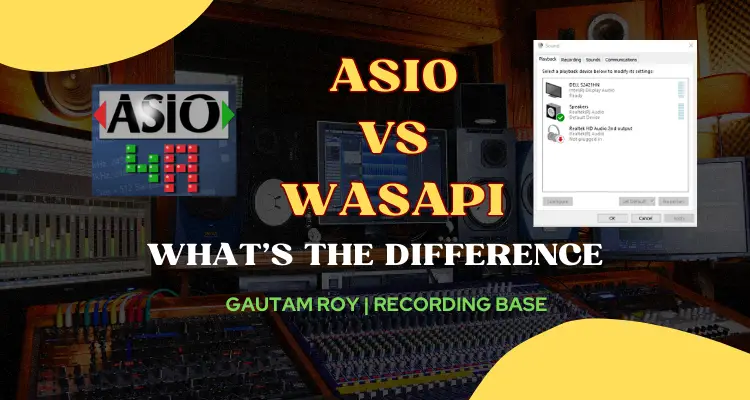
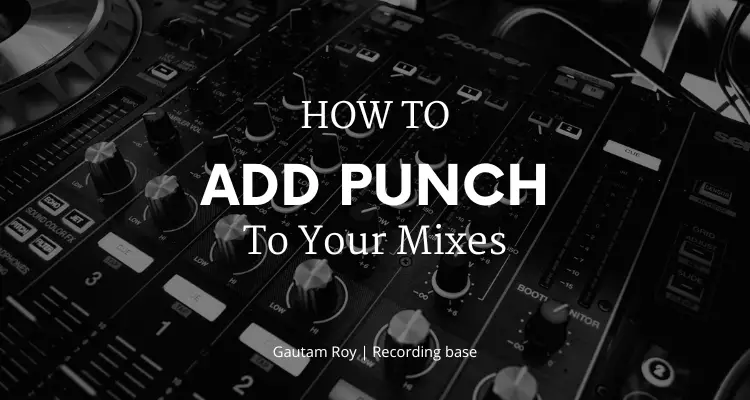
![What is Microphone Gain [Complete Guide About Microphone Gain]](https://www.recordingbase.com/wp-content/uploads/2022/01/microphone-gain.png)
![How to Connect XLR Mic To Computer [3 Methods]](https://www.recordingbase.com/wp-content/uploads/2021/12/3-ways-to-connect-xlr-mic-to-computer.png)

